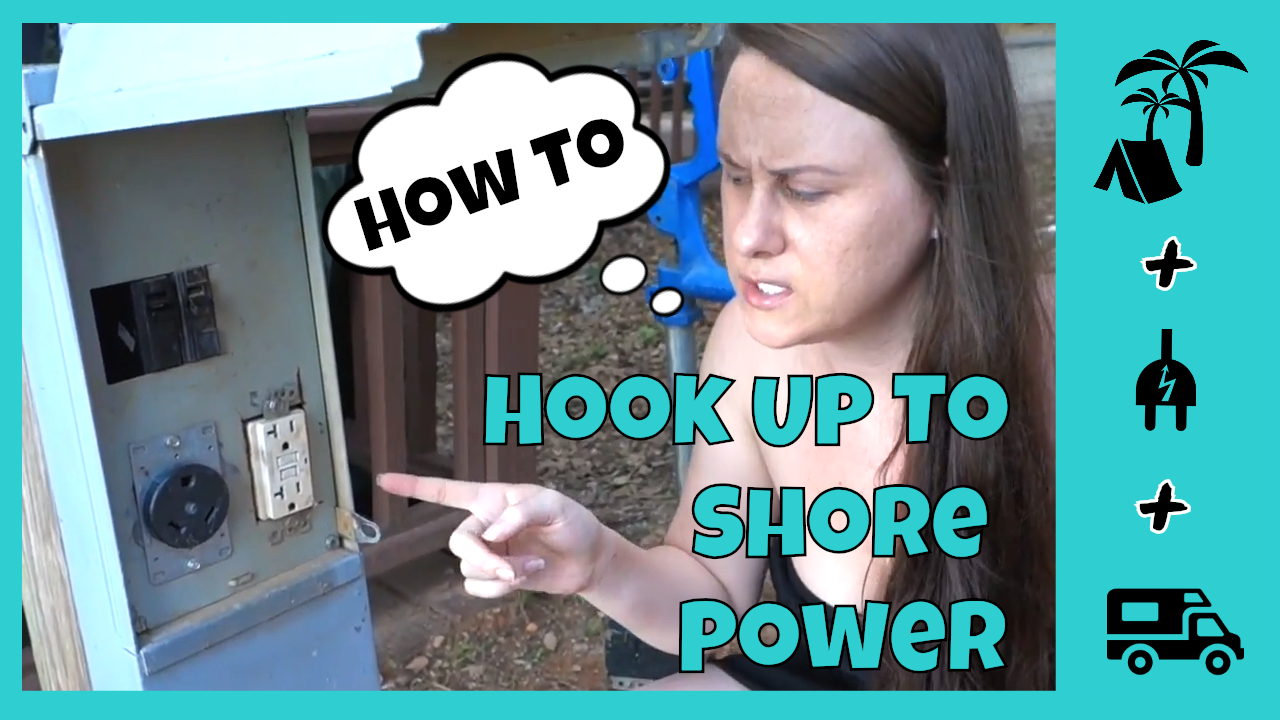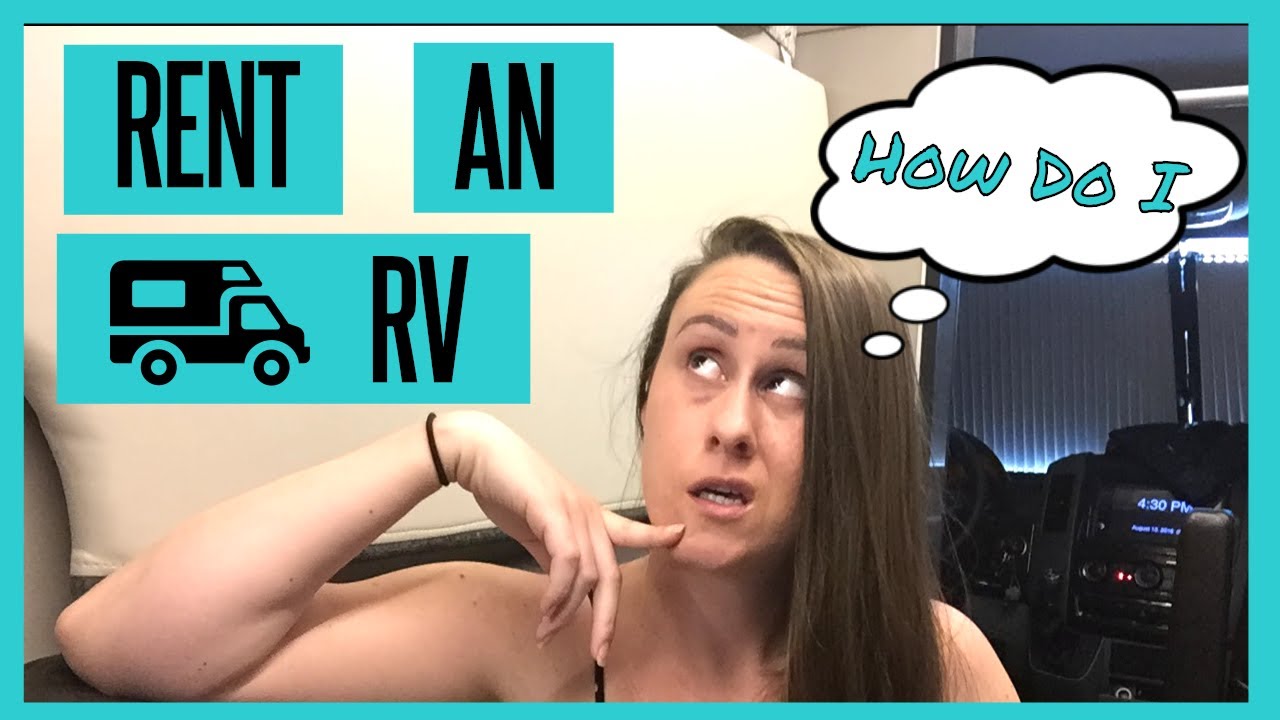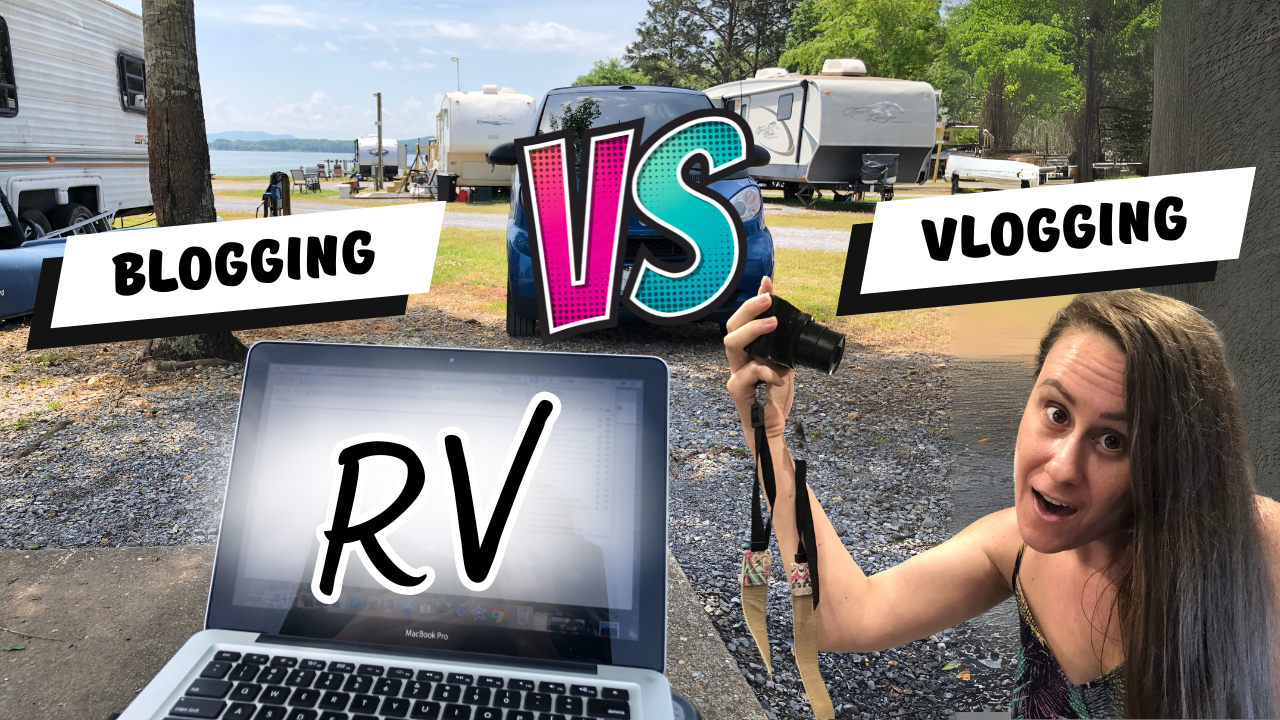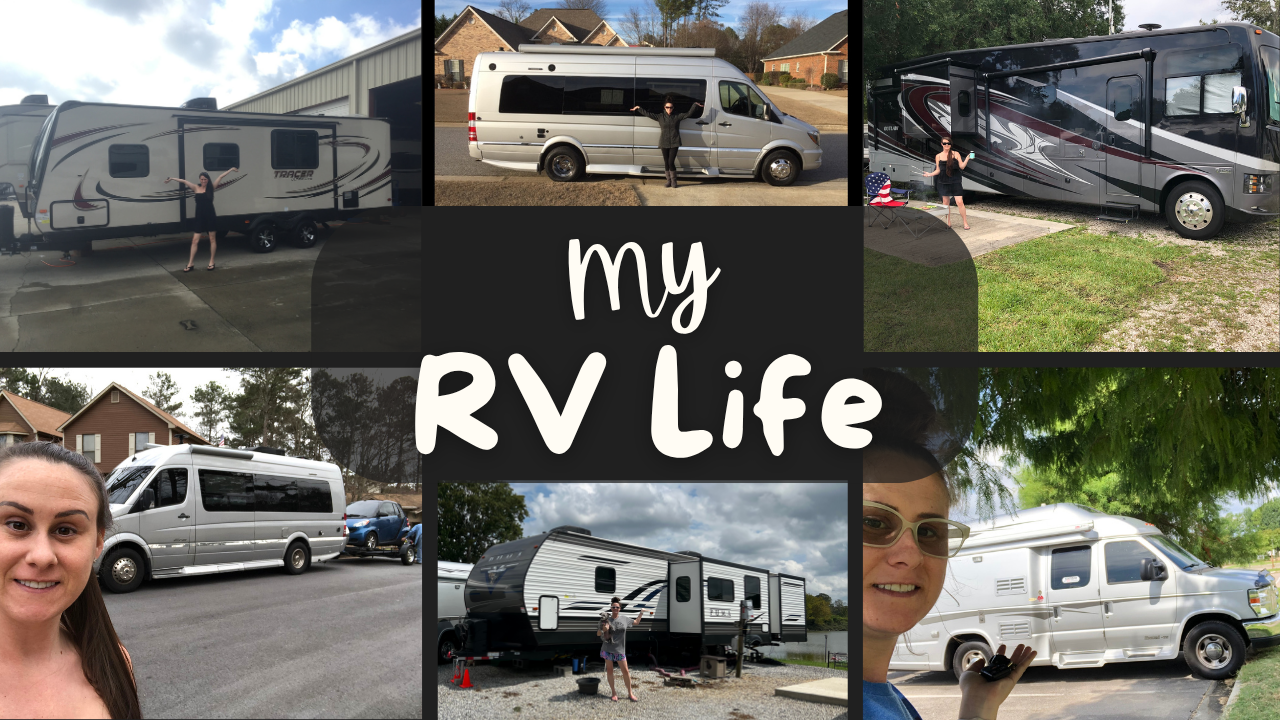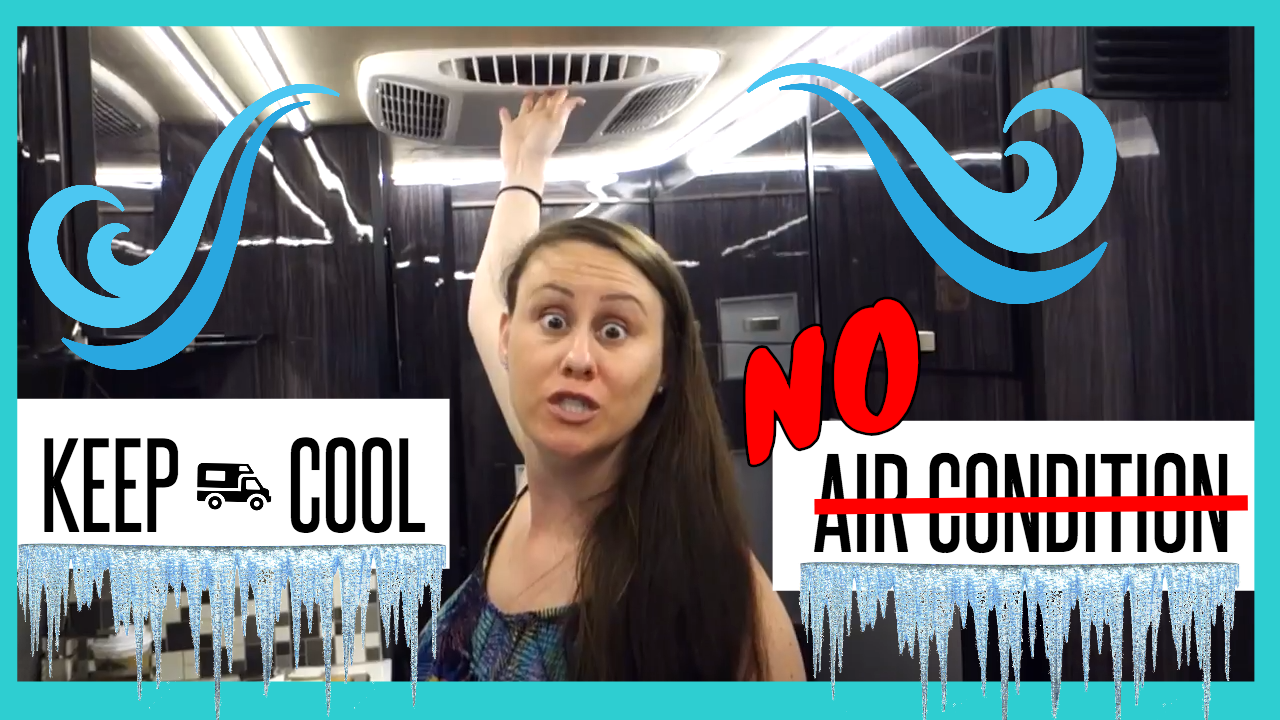
How To Stay Cool In An RV Without Air Conditioning. When it comes to staying cool in extreme summer heat you can learn a few tips from Burning Man. Running the RV air conditioner can be expensive and loud. When boondocking or wild camping (Rving off the grid in your van or motorhome), solar power can be essential. In this video, I’m sharing how to stay cool in your RV without A/C, not plugged into shore power or using your RV generator. (aka recreational vehicle) Solar, battery, and inverter can go a long way in helping to keep the RV cool, plus you and any fur babies (in case you’re RVing with Pets Cats + Dogs Too). Learn How to beat the heat in an RV! In case you were wondering, this RV is a 2018 Winnebago Era 170M that uses a 30 AMP hookup.
🛠 PRODUCTS MENTIONED:
- 20-Inch Box Fan
- 8” Portable Circulation Fan (small)
- Portable Evaporative Swamp Cooler
- Reflective Skylight Cover
- Bubble Pack Insulation
- Blackout Curtains (to cover the doors and insulate)
- Curtain Rod Expandable
- Tension Rods Expandable
- Expandable Clothes Rod (With Clips for Hanging)
- BESTEK 300W Power Inverter
- Goal Zero Yeti (Solar Powered Generator & Accessories)
- 🛍️ SHOP RVersity’s AMAZON STORE for all these products & more!
Introduction
In this post, we’ll explore various methods to stay cool in an RV without relying on air conditioning. Whether you’re trying to conserve energy or you find yourself in a situation without access to traditional cooling systems, these tips and tricks will help you beat the heat while on the road.
Consider Alternatives
Many RV owners are looking for alternatives to traditional air conditioning systems due to their high energy consumption. In the quest for more cost-effective and energy-efficient solutions, exploring other options becomes essential.
Optimal Timing
One key strategy is to consider the timing of your activities in the RV. Driving during the hottest part of the day, typically from noon to five, can minimize the need for cooling the interior space. By utilizing the natural airflow while in motion, you can reduce reliance on powered cooling systems.
Utilize Solar Power
Harnessing solar power can significantly reduce your dependence on traditional energy sources. Investing in solar panels allows you to power essential appliances and devices, including fans, without relying on external power outlets.
Cooling Fans
Box fans are a simple and affordable solution to improve airflow within your RV. By using a 12-volt DC power inverter, you can run these fans efficiently, even while on the move. Placing fans strategically throughout the RV can help circulate air and maintain a comfortable temperature.
Upgrade to High-Powered Fans
For a more powerful cooling solution, consider investing in high-quality fans equipped with oscillating features and remote controls. While slightly more expensive than basic box fans, these models offer enhanced airflow and customizable settings to suit your preferences.
Swamp Coolers
Swamp coolers, such as the Luma model, offer a viable alternative to traditional air conditioning units. These devices use water evaporation to cool the air, making them particularly effective in dry climates. With low energy consumption and remote control options, swamp coolers provide a convenient cooling solution for RV owners.
Insulation and Window Coverings
Proper insulation and window coverings play a crucial role in regulating temperature within the RV. Reflective window shades and blackout curtains help block out sunlight and minimize heat transfer, keeping the interior cool and comfortable.
Personalized Solutions
Customizing your RV to suit your specific needs and preferences is essential for maximizing comfort. From DIY window coverings to creative ventilation solutions, explore different options to create a personalized cooling strategy that works for you.
Learn from Experience
Avoid common pitfalls and mistakes by learning from seasoned RVers. Download our free guide on the top 10 mistakes most RVers make to ensure a hassle-free and enjoyable experience on the road.
>> LEARN THE TOP 10 MISTAKES MOST RVERS MAKE!
Join the Conversation
Share your thoughts and questions in the comments below. Your feedback may inspire future content and help fellow RVers navigate their own adventures.
Conclusion
Thank you for joining us on this journey to discover alternative cooling methods for RV living. Stay tuned for more tips, tricks, and tutorials on all things RV-related. Don’t forget to subscribe to the RVersity YouTube channel for the latest updates. Until next time, happy travels!
VIDEOS MENTIONED
- HOW TO PLUG IN AN RV AT HOME
- What is Dry Camping – BOONDOCKING
- What is RVERSITY all about?
- KEEP COOL IN YOUR RV this summer! 😎 [RV LIVING TIPS & TRICKS] 🔥💦
- How To Stay Cool In Your RV This Summer [TIPS & TRICKS]
- TOUR My 2018 Winnebago Era 170M RV Van!
- WATCH all of MY RV TUTORIALS HERE
- RV Living Tips, Tricks, & Ways To Keep Your RV Cool In The Summer!
- 🎬 WATCH ALL MY RV Cooling Tips & Tricks VIDEOS [IN THIS PLAYLIST]
Here is the transcript from the video:
I kind of have a project going where I want to see what doesn’t take this huge central system of air. I want to know what I can do to run cheaper because running $40 a day in air, that’s crazy. You don’t even do that in a house. It’s like powering a house. So I’d either have to turn on the generator and run them and I would run my propane or I would have to plug in somewhere. I can plug into a house. Showed you a video about how you can plug into a house before. You can check that out in the description link below this video. This is a 30 amp unit so it’s a special plug and it will plug into like a campground or somewhere that has that type of setup.
So some key things are to make sure and think of the Times of day that you’re running it.
I’ve also heard people say, to drive during the day, so I’m from like noon to five might be a great time to drive because it’s hotter and you won’t have to worry about heating and cooling the unit versus if you’re trying to heat and cool it and it’s the hottest time of the day, you’re using your resources.
But if there’s anything I can run off of solar power, which is free. I try to do that. Here’s what I’ve tried. This is probably the cheapest option. This is a box fan. As you can see, It’s just a box fan. You can get it in probably any color that you want. It plugs up to a regular 120 volt. The good thing about it is that you can run it off of one of these inverters, so I’ll plug this in to a 12 volt DC power either back here in my coach or up in the front of the chassis.
If I have that on. Even if I’m rolling down the road, I may let this flow in the back. If the dogs are back here to keep it a little bit cooler or if people are sitting back here, they might want some air. This helps convert this into here. This just plugs in just like it would a normal house unit. Box fan, this is under 20 bucks. You can get one of these for $20. if I’m trying to get air condition and I’m using the front cab, I’ll turn the cab on and then I have these little arms on my chairs. I’ll prop up and I’ll put this box fan up here and just prop it up and let it flow back in the from cabin so it’ll help with the air circulation. This is the next most expensive. So this has a little remote. It’s pretty cool. It osculates up and down and then it side to side and you can turn it up or turn it down with this or the remote.
Like I mentioned, it has a timer. I’ll put a link to all of these in the description below this so you can check them out and see what works for you. But I picked this up at Walmart and this up at Walmart and you can also get them on Amazon I’m pretty sure. Link below so you can find those. $50 was about what I paid for this fan and it does a really good job. It’s really powerful. I’ve left it up here and when I had the bed down it really well if I’m out of the RV, sometimes I will want to leave it on the floor and let it hit the dogs, so that is an option and I can run this one and this one — both fans off of this inverter which converts sunlight into power from my solar panel. So the Sun powers these for me for free.
Now this is my newest addition. My Luma which you may have heard as a swamp cooler. it works better if you don’t do it in a humid environment. The Luma has this water tank on the back and this filter, so the water drops down this filter and it’s a little bit more complicated. I’ll do another video to explain that, but I have controls up here to be able to control it. There’s a little remote that goes with it. Still testing it out, So learning about it and how to actually work the thing. It claims to use less than 150 watt light bulb. So it’s about the equivalent of running a light bulb. I paid $150 I think for this on Amazon, I’ll put a link to it down below. You can check it out. It’s definitely worth trying. If you have a larger space close off and just heat and cool the area that you need. I showed this to you before, but I also do all of that stuff with insulation and the reflective in any window that I have in the rv. Any window I have, I try to cover. Up here, This is my skylight that I can open up. If I want to get a little air in here,
I can pop it up and then I can pop it down.
I picked this up on Amazon and I’ll put a link to this. These are all little things that you have to try because the other thing about it is this may not fit your rv. You will need to find the size that fits yours, so put the link to mine and then you can find different ones. Now this might be a typical size vent. I’m just saying you have to look at your rv and make sure you measure these things and see what fits. You really want to keep this stuff in your windows and helps with insulation essentially. So this goes in the windows and this is what I put in the windows and bought a whole big roll of This I’ll put a link to the one that I bought. I picked this up on Amazon and you get a huge role so you can kind of see this in my window. It goes in all my windows. Here’s what I’m talking about. I put this in my windows so you can see out the window if you wanted, but I just cut this stuff to fit
and I put it in the window like that. And then up here you can see my other shades. These shades come with the RV and they just pop in and they have a reflective cover on them, but I just. They used to go in here and they have these little magnets and they stick in the window so I put these up. Then this up here is a sun shade and it tucks in over here to travel. You can put that away if I’m going to leave and go somewhere and then when I’m ready to set up, I’ll just close this.
If I get ready to set up somewhere, The first thing that I close the sunshade in the front. Also I have one of these cut for the front shade, so if I was going to be somewhere for a while, I would actually put the one of these that I have. I would put this up here in front of that and that would help. I put this shade up if I’m going to park and then I’ll also put these windows up if I’m going to park because I want to keep it as cool as I can inside the RV. These are something my mom actually made me. All we did is just safety these because it was the way these were designed, but these are some window coverings that I found. I’ll put a link to them below this video so you can check them out. What I did is I just made these curtains and you can kind of tie them off and that way you can close off this part of the Rv so if you want to hang out, you know, back here in the house.
This chassis part where you’re driving, it’s not as insulated as the back of the house. Sometimes I’ll want to close it off or maybe it’s just real quick and I’m like, Oh you know, let me close this and let me hang out back here. That’s just something that I put in here. Everybody kind of turns there RV into their own home. This part right here is just the car bar that you get. You know how you hang this for a shirt and that’s all it is. And then I just have to safety pin this around here and made the curtain cause of these right here wouldn’t work for it. They wouldn’t. This is meant for some type of window covering but it worked for this because if you look they’re perfect for how close they are to the ground. Right here.
I’ll show these to you in the description below. You can check those out. This helps me because these are actually those blackening shades where they help with the UV rays as in your house. I wanted to put something like that in here because I feel like that helps. Those are some of the things that I do to help with my air conditioning, but you don’t want to make the same mistakes that I did when I started this whole process and I’ve had a ton of RVs, travel trailers to motorized units, crazy stories, and you’re going to want to hear them. Make sure to check the description below this video and download my top 10 mistakes that most are RVers make because they can be costly and time-consuming and we don’t have time for that. We want to have fun when we are Rving so learn from me. Just learn from me and we’re going to do this thing together. Make sure to comment below this video so I know what questions you have and who knows. You might be featured in my next video until the next time I’m Blogging Brandi of BloggingBrandi.com, and this is my RV channel or RVersity where I share all of my tips, tricks, and tutorials about rving. Be sure to subscribe so you don’t miss the next episode. Thanks for watching. I’ll see you in the next video.


